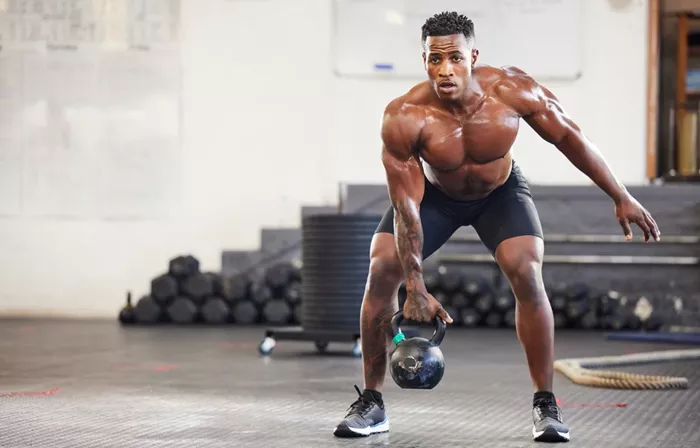Hybrid training—a mix of strength and endurance workouts—has gained popularity among men over 40 aiming to stay fit. But despite their dedication, many aren’t seeing the results they expected. Fitness expert Andrew Read says the problem isn’t the effort—it’s the method.
The concept of hybrid training was popularized by coach Alex Viada and is rooted in conjugate training, a system originally developed for elite athletes and powerlifters. It combines high-level strength and endurance training using a structured, scientific approach.
The catch? Most men over 40 aren’t at the advanced fitness level required to benefit from this demanding model. “The real question you need to ask is: are you advanced?” Read says. For most, the answer is no—and that’s perfectly fine.
Conjugate training requires detailed knowledge of programming variables like maximum strength, speed work, and endurance thresholds. Without that expertise, many risk burnout, injury, or simply lack progress.
Instead, Read recommends concurrent training—a more flexible and realistic approach that helps people develop multiple fitness traits simultaneously, such as power, strength, endurance, and speed. Unlike conjugate training, it doesn’t require elite-level skill or recovery capacity.
Concurrent training is ideal for general population athletes who want to build muscle, run better, and stay healthy—without overtraining or joint pain. It also allows individuals to tailor workouts to their goals, whether that’s finishing a 10K or simply feeling stronger.
In short, for men over 40 looking to balance life and fitness, concurrent training may offer the sustainable progress that hybrid training often fails to deliver.
Related topics:
- Controlling Coaches Increase Athlete Stress And Burnout
- How Can Physical Activity Improve Mental Health?
- Exercise Proves Vital For Easing Cancer Treatment Side Effects


